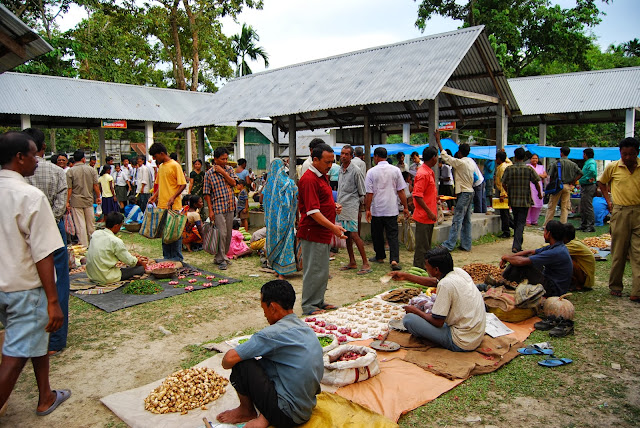Sitting on elephants back and meeting on lazy mornings, the organizers decided that they
would stick to the old British spelling ‘DUARS’. The Central Duars ECO-FEST, as
the organizers have said will be organized on the same date every year,
starting with 14th to 19th November in 2013. The major
aim goal of the festival will be to highlight the natural and cultural
diversity of Central Dooars and confirm community participation in
conservation. Hospitality owners, eco-guides, taxi drivers and NGOs are the
direct stakeholders in this festival, who seek the support of participation of
visitors in this festival. Other than the regular forest based nature
activities, there will be cultural shows with tribal dances, music and local
food. Adventure programs like river walks, treks, bicycle trails and rock
climbing will rock the show. Seminars and training programs for better
networking in conservation and livelihood will be the highlights of the
festival.
Mujnai Tea Estate, the 1807 tea
garden, which had almost died, has been brought back to life by the young and
energetic manager Kaushik Das. One of the oldest and best Tea Estate of Central
Dooars, once owned by the Nawabs of Jalpaiguri, Majnai’s landscape is
extraordinary. Kaushik is preparing his tea garden to be a part of the festival
in a big way. Watchtower, sunset point, tea processing and wildlife tracking
will be his strengths. He showed the tracks of wild elephants criss-crossing
his tea estate almost every night. He is planning to do a night safari in his
tea garden, early morning peacock trail and a nighthalt for the adventurous at
the watch tower.
Several new experiential
hospitality organizations are creating new units, whereas the old ones are
renovating their infrastructure. New and interesting local food menus are being
planned. Several of the ACT members are busy in creating new activities for the
well meaning travellers. The festival will see local football matches, whose
finals will be played during the festival days. There will be interesting film
shows and presentations. Traditional lifestyle of the people of Dooars will be
part of the hospitality during the festival, with the options of staying with
local people. Cultural exchanges and cooking classes are part of the
activities
.






